Romanticism is an artistic and intellectual movement which originated in Europe. Artists have been painting the landscape since ancient times. Wall paintings of landscapes were also created by the Greeks and the Romans. After the Roman Empire, people temporarily stopped appreciating pure landscapes and the landscapes were seen only as a setting for religion. This carried on until around the 16th century, then artists began to truly appreciate landscape as an important subject. Landscape first became popular in The Netherlands and people began to use it for painting, this worked perfectly for middle class protestants seeking art for their homes and wanting unique pieces of artwork.
The ideals of the French Revolution created the context from which romanticism began. It was a ‘revolt’ against the aristocratic social and political norms of the Age of Enlightenment or the ‘age of reason’ and a reaction against the scientific rationalisation of nature.
Portraits and paintings began to be used to signify history painting, classical and religious themes. This carried on through to the 17th century where these paintings were mostly used to display biblical or historical scenes.
Romanticism Moodboard.

When did Romanticism come about?
Romanticism originated in Europe towards the end of the 18th century.
What are some of the Characteristics of Romanticism?
A deepened appreciation of the beauties of nature; a general exaltation of emotion over reason and of the senses over intellect; a turning in upon the self and a heightened examination of human personality and its moods and mental potentialities.
Main characteristics include:
- Emotion and passion
- Critique of progress
- An awe of nature
- A return to the past
- The idealisation of women
- The purity of childhood
- The search for subjective truth
- Celebration of the individual
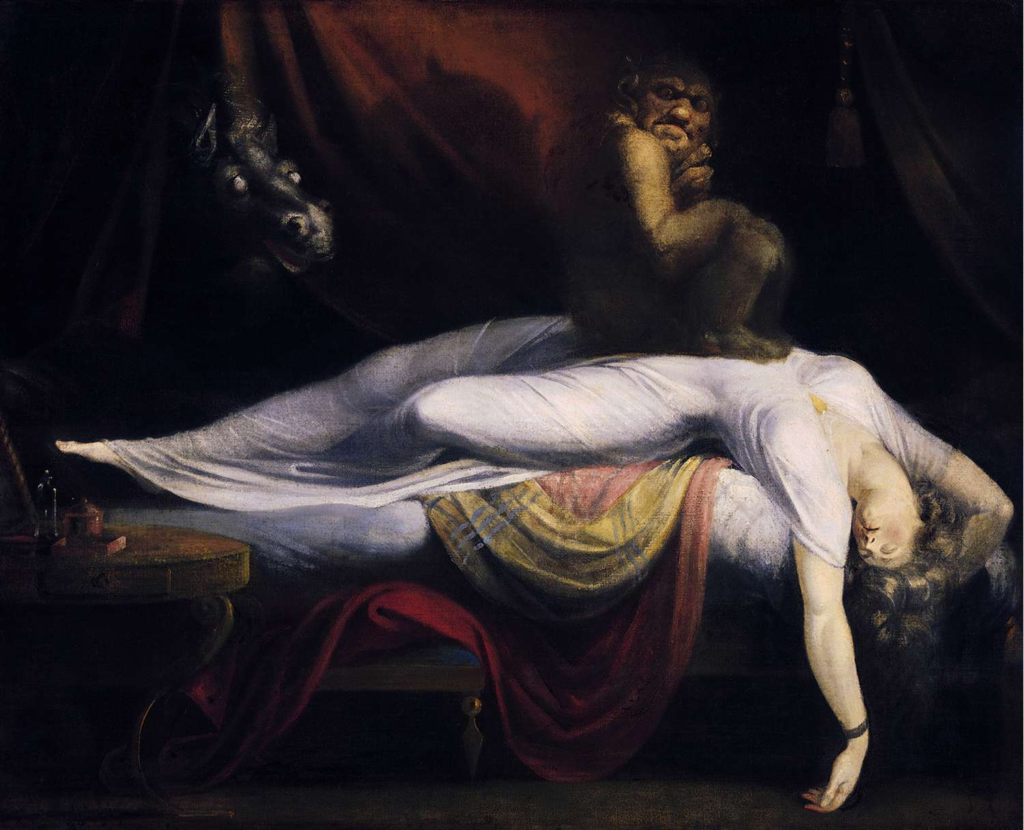

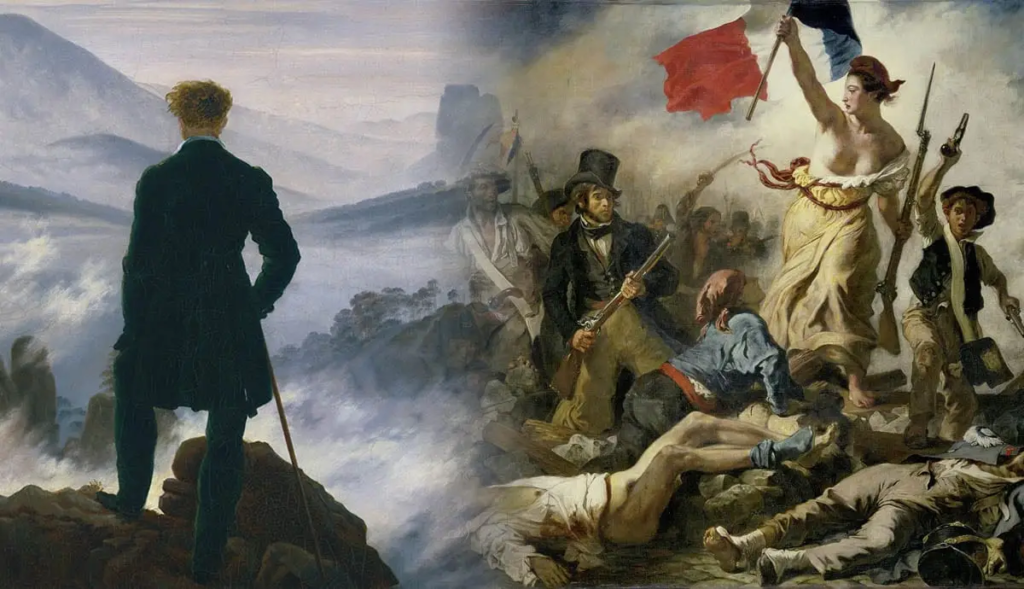
DIANA DEBORD.
Diana Debord is a fine art photographer who is originally from Italy. In her words she says, “I like to create images that merge decadent romanticism with dreamlike atmospheres, drawing inspiration from dreams or nightmares, paintings and books. I like to pack my photos with vivid colours, symbols and natural elements, just like dreamscapes captured by my camera.” Diana particularly likes to merge pictures of ‘decadent romanticism’ with ‘dreamlike atmospheres’, she will then consider colours and composition as amazing creative tools. I think that her attempt to rebel towards the greyness of modern life and capture the magic of everyday life displays her relation to romanticism and the sublime the most.




The Sublime.
The sublime can be summed up as a combination of the internal/emotional and the external/natural world. It explores how humans allow our emotions to overwhelm our rationality as we experience the wonder of creation. It can also be described as the quality of greatness such as…
- Physical
- Moral
- Intellectual
- Metaphysical
- Aesthetic
- spiritual
- Artistic
The term especially refers to a ‘greatness beyond all possibility’ of calculation, measurement, or imitation.
What is the difference between Bucolic and pastoral?
Bucolic often refers to the pleasant aspects of country life and its nature. Pastoral is similarly defined, positively as the working elements of country.
The Sublime Moodboard.
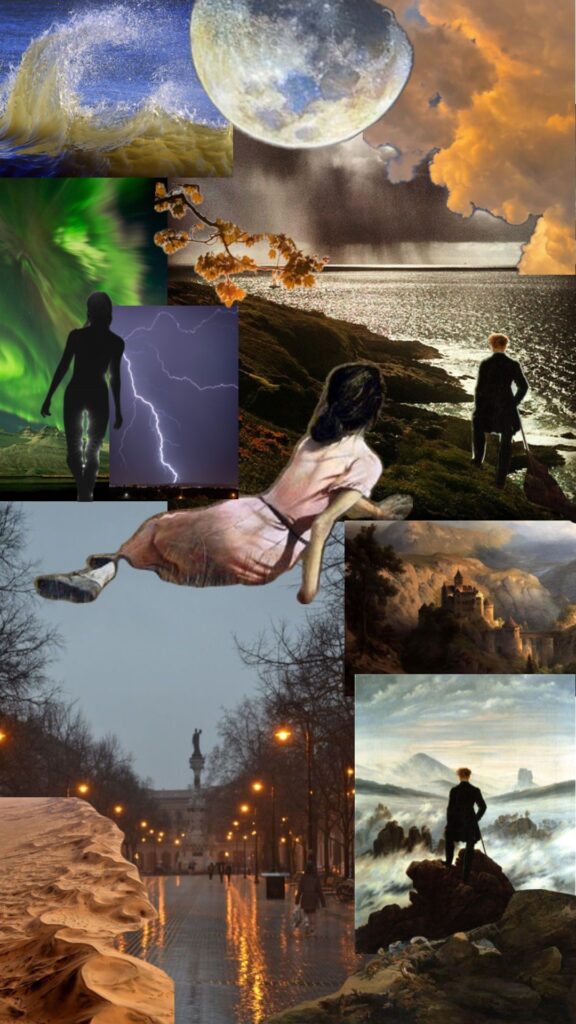
Edmund Burke.
What did Edmund Burke Think was the Ruling Principle of the Sublime?
Whatever therefore is terrible, with regard to sight, is sublime too … Indeed terror is in all cases whatsoever, either more openly or latently, the ruling principle of the sublime. Burke was interested in what happens to the self when assailed by that which seems to endanger its survival.
Edmund Burke published 1757 which is a treatise of aesthetics called A Philosophical Enquiry into the Origin of our Ideas of the Sublime and Beautiful. He asserts that ideas of pain are much more powerful than those of pleasure, and that the strongest pain of all is the fear of death, which causes terror.
Edmund Burke declared the sublime as “the strongest passion,” and he belittled the importance of the beautiful, claiming that it was merely an instance of prettiness.
“Whatever is fitted in any sort to excite the ideas of pain, and danger, that is to say, whatever is in any sort terrible, or is conversant about terrible objects, or operates in a manner analogous to terror, is a source of the sublime; that is, it is productive of the strongest emotion which the mind is capable of feeling.”
“The passion caused by the great and the sublime in nature, when those causes operate most powerfully, is Astonishment; and astonishment is that state of the soul, in which all its motions are suspended, with some degree of horror.”



Industrialisation.



Romanticism is tied into the the subject of capitalist industrialisation, as the ‘active radical culture of the artisans’, weavers and spinners ‘made’ them into a class simultaneously to being ‘made’ a proletariat by the processes of economic change. English Romantic intellectuals and artists felt that the modern industrial world was harsh and deadening to the senses and spirit.
What is social Commentary?
Social commentary is the act of using rhetorical means to provide commentary on social, cultural, political, or economic issues in a society. This is often done with the idea of implementing or promoting change by informing the general populace about a given problem and appealing to people’s sense of justice. It can incorporate protesting the oppressive consequences of capitalism, the moral decline of the middle class, or the melancholy and alienation of the individual at odds with society.
Joe Cornish
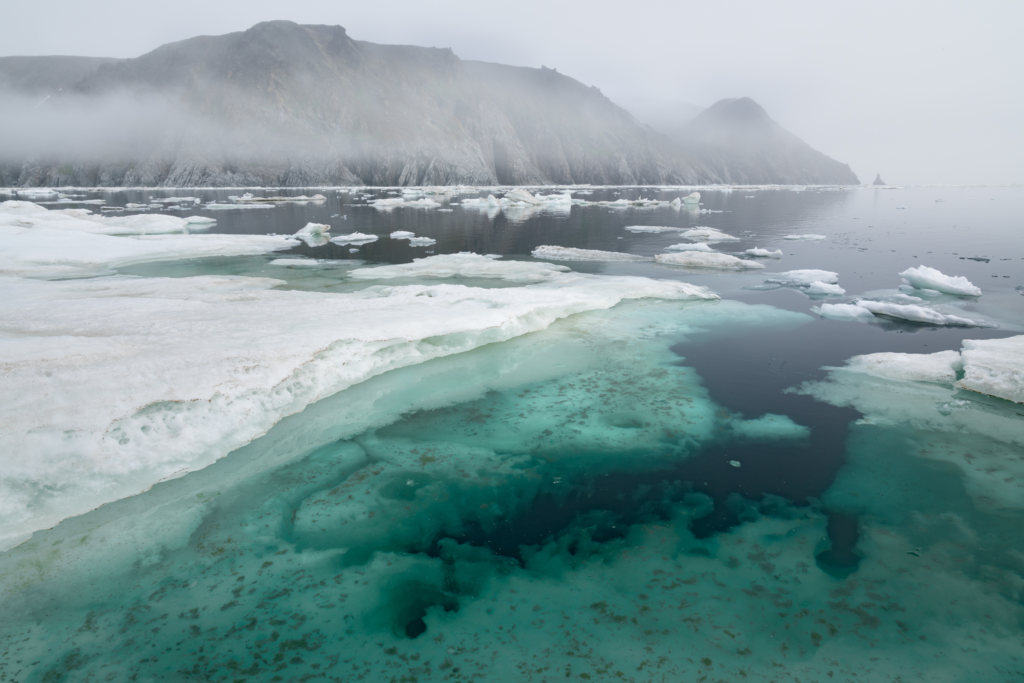

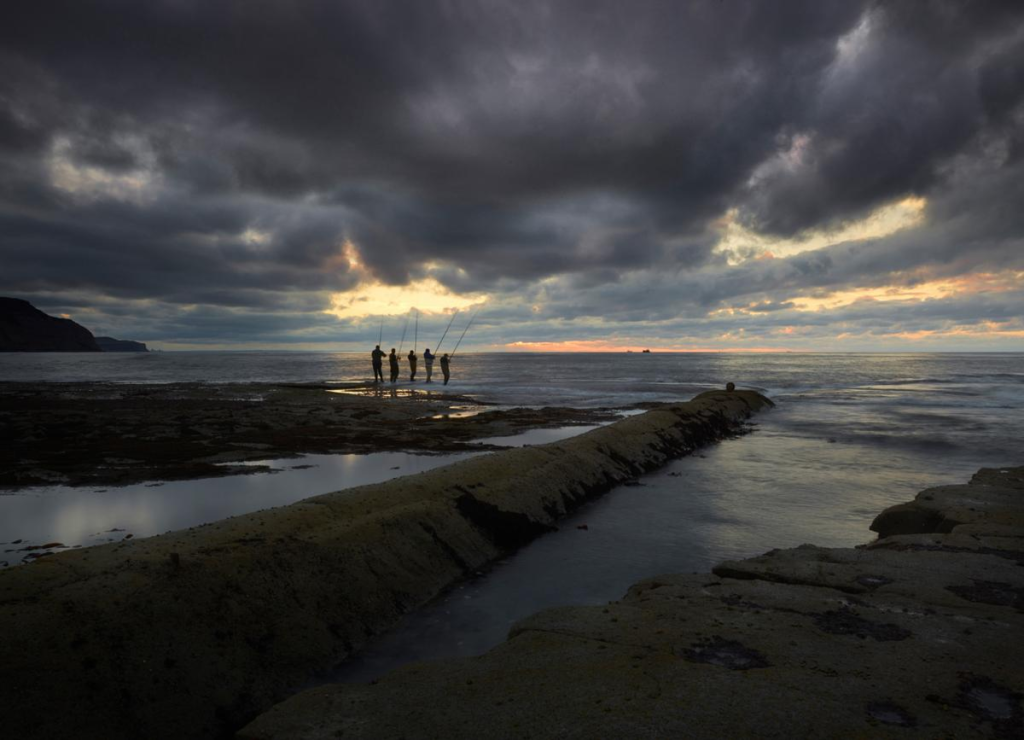

Joe Cornish, who was born Exeter was an adopted child who moved to North Yorkshire, this is where he studied fine art and reading and where his photography interest began to grow.
Joe believes that knowing his location extremely important when photographing. He has travelled to places such as:
- The Arctic and Antarctic regions
- Africa
- New Zealand
- Italy
- Spain
- America
- Russia
Joe mostly takes his inspiration from the painters…
- El Greco
- Paul Cezanne
- John Constable
Joe’s images also have a very bright, dramatic and colourful vibe, which I think really conveys the idea of ‘the sublime’ and creates a sense of belonging and wonder.
